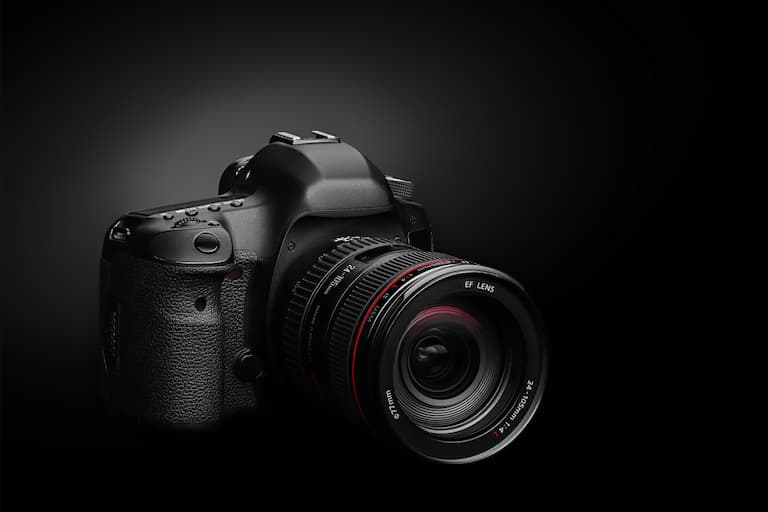If you’ve just splurged on a new mirrorless camera, you might be thinking about the accessories you can use with it. If you have a stash of DSLR lenses, it would certainly be nice if they were compatible with mirrorless cameras.
DSLR lenses and mirrorless cameras can be compatible if you use a lens adaptor. It’s best to use the same brand for the lens adaptor, lens, and camera to ensure that your DSLR lens provides full functionality. Using a lens adaptor is a great way of using your DSLR lens stash on your mirrorless camera.
In this article, we’ll discuss whether or not you can use DSLR lenses with mirrorless cameras. We’ll also touch on which lenses you can use with your mirrorless camera, how to use a DSLR lens with a mirrorless camera, and if mirrorless lenses are better than DSLR ones.
Table of Contents
Can You Use DSLR Lenses on Mirrorless Cameras?
Most photographers have various lenses for their DSLR cameras. And if you’ve been into photography for a while, you likely have a catalog of lenses. It would be a shame to put all of them to waste just for the sake of switching to a mirrorless camera, but luckily, you don’t have to.
You can use a DSLR lens on a mirrorless camera with a lens adaptor. Your DSLR lenses will work better if they are the same brand as your mirrorless camera, as there will be fewer compatibility issues. It’s worth buying a high-quality lens adaptor that allows you to enjoy all the lens’s features.
Having to buy again an entire collection of lenses for your new mirrorless camera would represent a huge investment, so it’s a good thing that these can be interchangeable with the right adaptor.
The reason you need an adaptor is that a DSLR camera lens has a more extended flange focal distance—the distance between the lens and the lens mount—than a mirrorless camera lens. A lens adaptor fixes this by creating a gap between the lens and the lens mount.
A mirrorless camera’s lens mount is almost always thinner and closer to the image sensor than a DSLR lens mount.
The drawback of lens adaptors, however, can make your camera feel bulkier, especially when you’re traveling.
Can I Use a Mirrorless Lens on a DSLR Camera?
As explained above, you can use a DSLR lens on a mirrorless camera as long as you use an adaptor. But is this true for the opposite? Can you use a mirrorless lens on a DSLR camera?
You can’t use a mirrorless lens on a DSLR camera. It won’t work on the DSLR camera without a mirrorless DSLR adaptor, and there are no adaptors of this kind currently available.
Leading camera brands, such as Canon and Nikon, haven’t spoken about making adaptors for mirrorless lenses in the future.
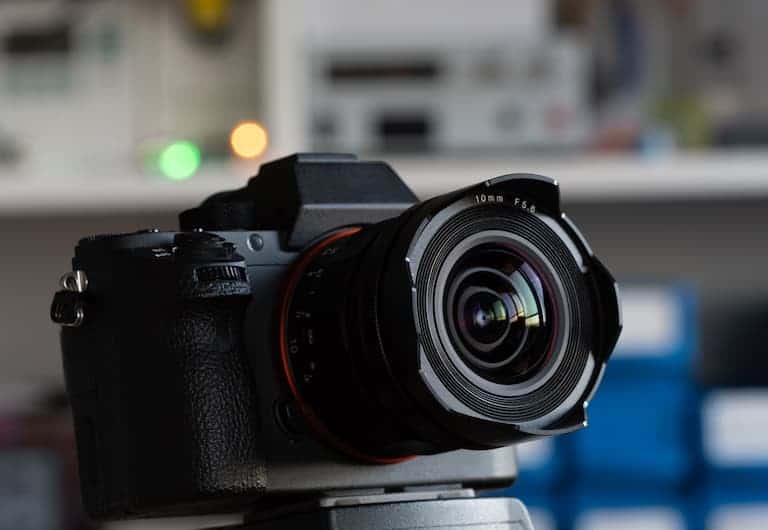
Why Use a DSLR Lens on a Mirrorless Camera?
Now that you know you can use a DSLR lens on a mirrorless camera, you might wonder if it’s worth doing so. After all, wouldn’t it be better to use mirrorless lenses with mirrorless cameras?
Using a DSLR lens on a mirrorless camera with a lens adaptor eliminates the need to buy new and costly mirrorless lenses. If you don’t have any lenses beforehand, then it’s worth it to buy mirrorless camera lenses.
Although using a DSLR lens on a mirrorless camera offers many benefits, there are also some disadvantages.
Pros
- Ability to use your existing lenses. A mirrorless camera is a relatively new concept, and if you have one, you may still have a stash of expensive DSLR lenses. With a lens adaptor, you can continue using them.
- No need to buy expensive mirrorless lenses. Mirrorless lenses are still relatively new and costly, with some mirrorless lenses costing as much as a new camera. DSLR lenses have been around for decades, and it’s easy to find a used one at a budget price.
- Using a good quality lens adaptor can make all the lens functions available on your mirrorless camera. Quality lens adaptors are costly, but they can offer the lens’s full functionality on your mirrorless camera. This includes stabilization and aperture control.
Cons
- Using a lens adaptor can be inconvenient. It’s simple and straightforward to use a lens adaptor on your mirrorless camera. However, when traveling or out and about, it’s one more thing you need to remember to pack. You may also need to select another setting, such as “shoot without lens”, for the DSLR lens to work.
- Slower autofocus. DSLR cameras have in-built focus sensors, and their lenses are designed to work with this system. Using a DSLR lens on a mirrorless camera can make autofocusing slower as the lens needs to adapt to the imaging sensors. Slow autofocus with a lens adaptor is more pronounced when you are trying to capture fast-moving objects.
- Compatibility problems. You can use most DSLR lenses with your mirrorless camera with a lens adaptor. However, if your DSLR lens is particularly old, it might not be compatible with the adaptor.
- It can be tricky if the lens and camera brand isn’t the same. Lens adaptors usually work well when the DSLR lenses and mirrorless cameras are from the same brand. However, you’ll need an expensive lens adaptor if you want to use a Canon DSLR lens, for example, on a Nikon mirrorless camera.
- Using a lens adaptor makes your camera heavier and bulkier. Some photographers opt for mirrorless cameras because they’re more compact. A lens adaptor adds bulk and weight, which may be an issue depending on what you use your camera for. Depending on the lens adaptor type you use, it can add 1-4 inches (2.5-10 cm) to your lens.
- Budget lens adaptors can have issues. It’s tempting to opt for a cost-effective lens adaptor, especially if you’ve just splurged on a mirrorless camera. But low-end lens adaptors can sometimes cause problems with image stabilization, and you may be left only with the option of manual control.
- Mirrorless lenses often outperform DSLR lenses. Mirrorless lenses are still being innovated, but most offer better performance than DSLR lenses.
How To Use a DSLR Lens With a Mirrorless Camera
Here’s how to use a DSLR lens with a mirrorless camera:
- Select the correct lens adaptor for your camera.
- Attach the adaptor to the back of the lens.
- Mount the lens and use the camera normally.
We’ll explain these steps in more detail below:
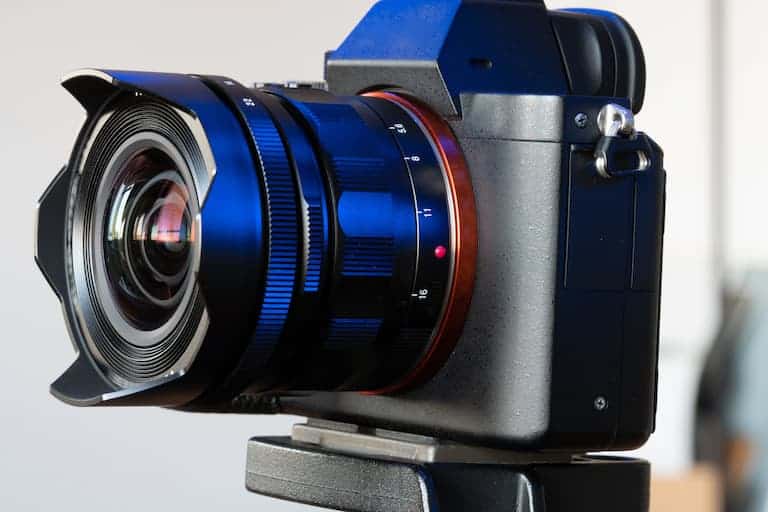
1. Select the Correct Lens Adaptor for Your Camera
If you don’t already have a mirrorless camera but plan to buy one and use your old DSLR lenses, you should strongly consider purchasing a camera from the same brand.
It’s not a good idea to mix and match camera and lens brands. This can cause compatibility issues, and you may not be able to use all of your camera’s features.
Using a first-party is the best way to use a DSLR lens on a mirrorless camera. It allows you to mount the lens seamlessly and effectively support the camera’s autofocus speed.
For example, consider this adapter:
EBYPHAN Canon Lens Adaptor from Amazon.com allows you to use your Canon DSLR lenses with your Canon mirrorless camera. It features an in-built aperture motor and stabilization to ensure that your photos look crisp and clear.
Some third-party lens adaptors allow you to mount your lens on the mirrorless camera and little else. Before buying one, it’s worth checking how well it will accommodate a DSLR lens on your mirrorless camera.
Many third-party or generic lens adaptors require you to set your camera to manual focus, making image and video capturing more tedious and time-consuming.
Suppose you regularly take photos with long exposure. In that case, you might consider buying a lens adaptor with an in-built density filter to reduce the incoming light into your camera and give you more control over the shutter speed.
Most third-party lens adaptors won’t enable you to use your camera’s infinity focus on a mirrorless camera. You’ll need to buy a helicoid extension to space the lens correctly.
2. Attach the Adaptor to the Back of the Lens
Once you’ve chosen the correct lens adaptor for your mirrorless camera, you can start using your DSLR lenses.
Before attaching the DSLR lens to your mirrorless camera, fix your lens adaptor securely to the back of the lens.
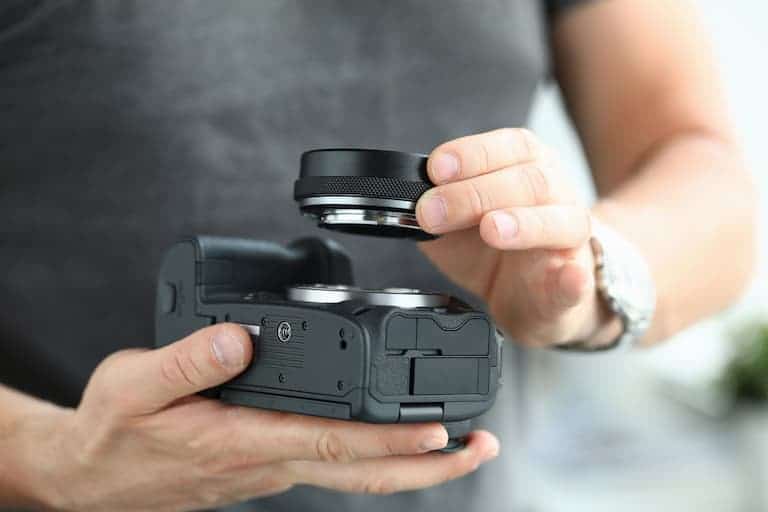
3. Mount the Lens and Use the Camera Normally
Now that you’ve attached the lens adaptor to the DSLR lens, you can connect it to your camera. Mount the lens to your camera as you normally would. There is usually a white or red dot on the lens and camera that must be aligned for them to work.
You can now operate your camera normally. Depending on the lens adaptor, you may need to set your camera to “manual focus.”
How Do DSLR and Mirrorless Cameras Differ?
DSLR cameras have been the most popular type of camera for a few decades, but mirrorless cameras are now becoming increasingly popular.
DSLR and mirrorless cameras differ in the following ways:
- Image preview display
- Price
- Battery life
- Availability of accessories
- Photo and video quality
- Ease of use
- Image stabilization
- Product diversity
- Autofocus
- Size and weight
We’ll discuss each of these points in more detail below.
Image Preview Display
One of the main differences between DSLR and mirrorless cameras is the image preview display.
DSLR cameras have reflex mirrors that bounce the incoming light into the optical viewfinder. When capturing an image, the shutter will open, and the mirror will flip up, causing light to hit the image sensor and allowing the camera to capture the image.
On the other hand, mirrorless cameras don’t have reflex mirrors. The incoming light falls directly onto the electronic image sensor after it has passed through the lens.
The image preview in older mirrorless cameras can have a low resolution, but this has improved with subsequent models.
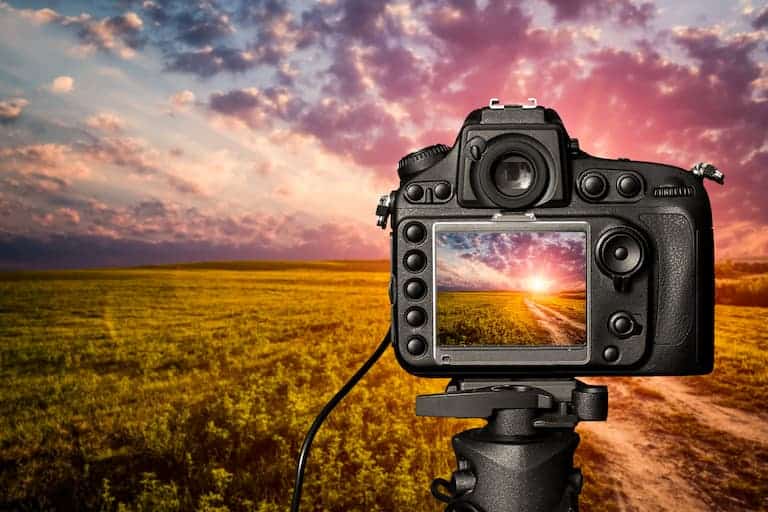
Price
Mirrorless and DSLR cameras do not differ much in price. Their entry-level, mid-range, and high-spec models are all similarly priced.
However, due to their wider availability, photographers on the market for a used DSLR camera will likely find that they are cheaper than a used mirrorless camera.
Suppose you’re looking for a brand new camera and cost is the deciding factor. You’ll want to get the most out of your money, which means looking at aspects such as battery life and lens availability.
Battery Life
DSLR cameras have a longer battery life than mirrorless cameras.
Mirrorless cameras drain batteries faster because the electronic viewfinder needs to be on when the camera is operating. If the camera has an in-built image stabilization unit, this can drain the batteries even faster.
DSLR cameras are usually larger than mirrorless cameras, which lets them accommodate larger batteries. Depending on the model, their batteries can last for between 600 and 4000 shots.
On the other hand, a mirrorless camera will need its batteries charged after about 400 shots.
As with most electronics, manufacturers are constantly working on improving battery life, so you can expect mirrorless cameras to become better in this department in the coming years.
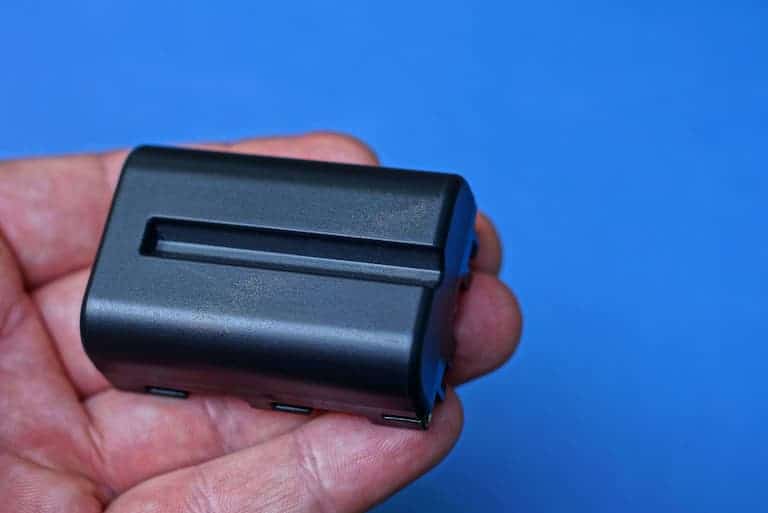
Availability of Accessories
Because they’ve been around for many years, it’s easy to find accessories for DSLR cameras.
If you’re looking for a tripod, lens, or camera bag, it will probably be more challenging to find one for your mirrorless camera, and there will be fewer options from which to choose. There simply aren’t as many manufacturers working with mirrorless cameras right now.
Photo and Video Quality
The first mirrorless cameras had tiny image sensors, which negatively affected the quality of videos and images—only a limited amount of light was let into the camera. Mirrorless camera image sensors have since improved, and most models now have excellent image sensors that are larger and have high-tech chips.
If you choose a full-frame mirrorless camera, there is a good chance that the image sensor will be the same size as those found in top-of-the-line DSLR cameras.
In a nutshell, image quality in new mirrorless and DSLR cameras is generally the same.
When mirrorless cameras first came out, their video quality was superior to DSLR video quality thanks to their on-chip phase detection image sensors, which male for crisp and clear videos. When capturing videos, DSLR cameras use the contrast-detection method, making the video appear blurry and grainy.
State-of-the-art DSLR cameras have overcome the problem of low-quality videos with the use of on-sensor phase detection. Nonetheless, mirrorless cameras still create better videos than most DSLR cameras.
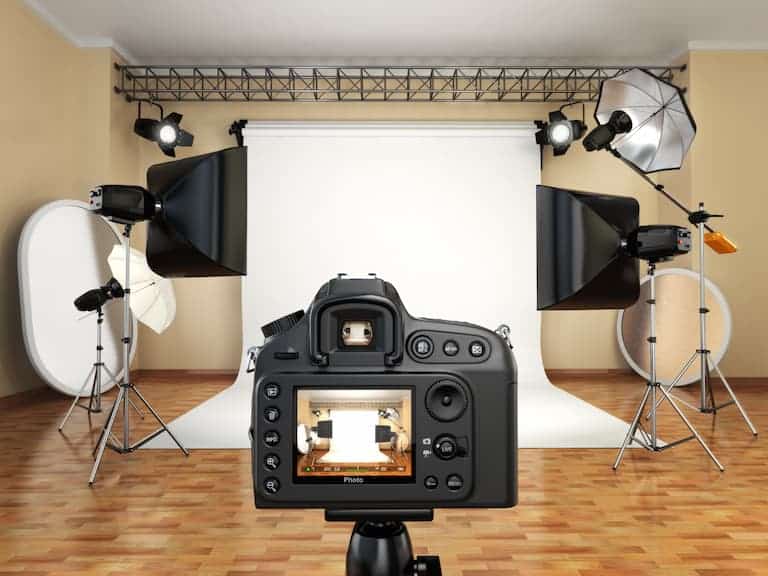
Ease of Use
DSLR and mirrorless cameras both have durable casings and easy-to-use buttons. However, thanks to their more basic controls, mirrorless cameras are simpler to use.
Many mirrorless cameras also have touchscreens. This makes using them similar to using a cell phone’s camera, which is easy and familiar for most people.
Image Stabilization
Taking a photo with shaky hands or decreasing the shutter speed can blur a picture.
Most DSLR and mirrorless cameras use the lens-shift method to stabilize the image before it is captured. This involves moving the image in the opposite direction to the shaking to help create a sharper image.
With the lens-shift method, mirrorless and DSLR cameras offer similar image stabilization.
However, newer and more high-specification mirrorless cameras sometimes offer five-axis image stabilization for additional stability and image clarity. Like the lens-shift method, five-axis image stabilization moves the image sensor vertically or horizontally to stabilize the image.
In addition, the five-axis stabilization method shifts the image in another three ways:
- Yawing: turning the image in a side-to-side motion.
- Rolling: rotating the image.
- Pitching: adjusting the image up and down.
This method makes it easier to capture crisp images and videos while moving and helps counteract shaking with more effectiveness. In this respect, mirrorless cameras have an edge over DSLRs.
Product Diversity
Compared with DSLR cameras, mirrorless cameras have limited product diversity. However, this should improve in the coming years as they become more common.
While DSLR cameras have been around for a few decades, mirrorless cameras are still in their infancy.
There are far more DSLR camera models than mirrorless cameras, and it’s easier to find a well-priced, used DSLR camera that suits your needs.
Accessories for mirrorless cameras are also still limited in comparison to DSLR cameras.
Autofocus
The first mirrorless cameras used contrast detection as an autofocus mechanism. This involved using the image sensor to detect the highest light contrast for the camera to focus. Compared with DSLR cameras, which use phase detection, mirrorless cameras have a slower autofocusing speed.
Phase detection instantly measures light convergence, which allows the camera to quickly focus on an object.
However, the latest mirrorless cameras use both phase and contrast detection when autofocusing.
If you have an older mirrorless camera, the autofocus speed may be slower than a DSLR camera. But if you compare a brand new mirrorless and DSLR camera, the autofocus speed should be the same.
Size and Weight
When mirrorless cameras first came out, they were usually smaller than DSLR cameras. This is still the case with entry-level and mid-range models, but professional and high-spec mirrorless cameras can be just as large as DSLR models.
DSLR cameras are generally bulkier than mirrorless cameras because they need to accommodate the optical viewfinder and the mirror.
Since they don’t have a mirror and their internal construction is more straightforward, mirrorless cameras are more compact. You can easily fit one into your pocket, making it ideal for traveling.
Mirrorless cameras usually have a similar weight to that of DSLR cameras. However, modern mirrorless cameras with advanced features—such as full-frame sensors—can make the device heavier.
Can I Use a DSLR Lens on a Film Camera?
Old school film cameras are nostalgic, and many photographers still use them, even though most cameras are now digital. If you have a DSLR lens, can you use it on a film camera?
You can use a DSLR lens on an old film camera. You won’t need to use a lens adaptor most of the time unless the lens mount size is different. Using a DSLR lens on a film camera can help you create better-quality images.
There’s a key reason for using DLSR lenses on a film camera. Lenses for film cameras use older technology, and if your film camera lens breaks, it can be challenging to find a replacement. Instead of going through the hassle of finding a rare piece, it’s more convenient to use readily-available DSLR lenses.
Can I Use an Old Film Camera Lens on a DSLR Camera?
After cleaning out your basement or garage, you might discover a box of old film camera lenses with incredible optics. Before throwing them out, you may wonder if you can use them on your DSLR camera.
You can use an old film camera lens on a DSLR camera, but you need to use a lens adaptor. Some film lenses will present problems with metering and autofocusing, but you can overcome these issues if you buy a good-quality lens adaptor.
Lens adaptors for film cameras are usually cost-effective. You should be able to find one for under $20. A good quality DSLR lens adaptor for a mirrorless camera typically costs at least double this.
Since old film lenses are manual, you will need to focus the lens and adjust your DSLR camera’s aperture by hand for it to work correctly.
Final Thoughts
If you have a stash of DSLR lenses and a mirrorless camera, the good news is that you can use them together. Unfortunately, the opposite—using a mirrorless lens on a DSLR camera—is not true.
The best way to use a DSLR lens with a mirrorless camera is to buy a lens adaptor from the same brand. This allows you to enjoy the full functionality of your camera and your lens. Ideally, the lenses and the camera should also be the same brand. Buying a third party one may cause issues that aren’t worth the few dollars you’re saving.

